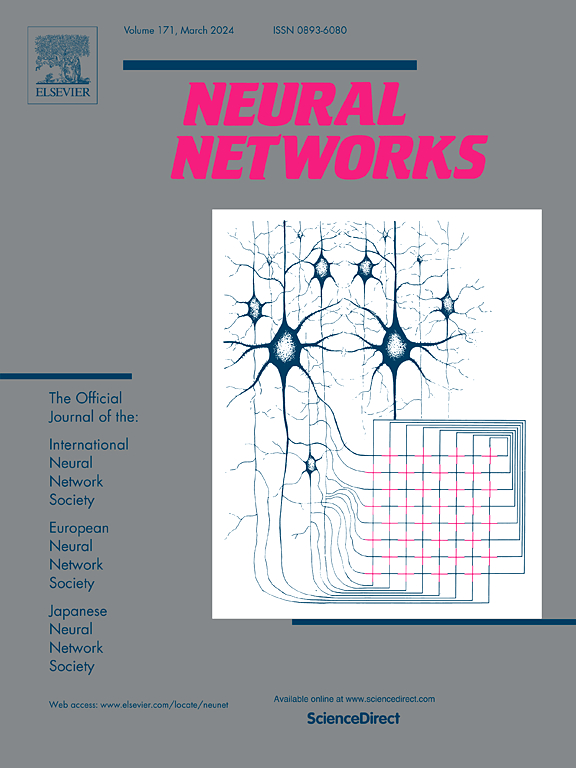What is the doggest dog? Examination of typicality perception in ImageNet-trained networks
IF 6
1区 计算机科学
Q1 COMPUTER SCIENCE, ARTIFICIAL INTELLIGENCE
引用次数: 0
Abstract
Due to the emergence of numerous model architectures in recent years, researchers finally have access to models that are diverse enough to properly study them from the perspective of cognitive psychology theories, e.g. Prototype Theory. The theory assumes that the degree of membership in a basic-level category is graded. As a result, some concepts are perceived as more central (typical) than others. The most typical category is called a prototype. It can be perceived as the clearest example of a category, reflecting the redundancy structure of the category as a whole. Its inverse is called an anti-prototype. Reasonable perception of prototypes and anti-prototypes is important for accurate projection of the world structure onto the class space and more human-like world perception beyond simple memorization. That is why it is beneficial to study deep models from the perspective of prototype theory. To enable it, we propose 3 methods that return the prototypes and anti-prototypes perceived by deep networks for a specific basic-level category. Additionally, one of our methods allows to visualize the centrality of objects. The results on a wide range of 42 networks trained on ImageNet (Convolutional Networks, Vision Transformers, ConvNeXts and hybrid models) reveal that the networks share the typicality perception to a large extent and that this perception does not lie so far from the human one. We release the dataset with per-network prototypes and anti-prototypes resulting from our work to enable further research on this topic.
什么狗是最大的狗?imagenet训练的网络中典型感知的检验
由于近年来出现了大量的模型架构,研究人员终于有了足够多样化的模型,可以从认知心理学理论的角度来适当地研究它们,例如原型理论。该理论假定在基本级别类别中的隶属度是分级的。因此,一些概念被认为比其他概念更核心(典型)。最典型的一类被称为原型。它可以被看作是一个类别最清晰的例子,反映了整个类别的冗余结构。它的逆称为反原型。对于原型和反原型的合理感知,对于将世界结构准确地投射到类空间上,超越简单的记忆,获得更像人的世界感知是非常重要的。这就是为什么从原型理论的角度研究深层模型是有益的。为了实现它,我们提出了3种方法,这些方法返回深度网络对特定基本级别类别感知的原型和反原型。此外,我们的一种方法允许可视化对象的中心。在ImageNet上训练的42个网络(卷积网络,视觉变形,ConvNeXts和混合模型)的结果表明,这些网络在很大程度上共享典型感知,并且这种感知与人类的感知相差不大。我们发布了基于网络原型和反原型的数据集,以进一步研究这一主题。
本文章由计算机程序翻译,如有差异,请以英文原文为准。
求助全文
约1分钟内获得全文
求助全文
来源期刊

Neural Networks
工程技术-计算机:人工智能
CiteScore
13.90
自引率
7.70%
发文量
425
审稿时长
67 days
期刊介绍:
Neural Networks is a platform that aims to foster an international community of scholars and practitioners interested in neural networks, deep learning, and other approaches to artificial intelligence and machine learning. Our journal invites submissions covering various aspects of neural networks research, from computational neuroscience and cognitive modeling to mathematical analyses and engineering applications. By providing a forum for interdisciplinary discussions between biology and technology, we aim to encourage the development of biologically-inspired artificial intelligence.
 求助内容:
求助内容: 应助结果提醒方式:
应助结果提醒方式:


